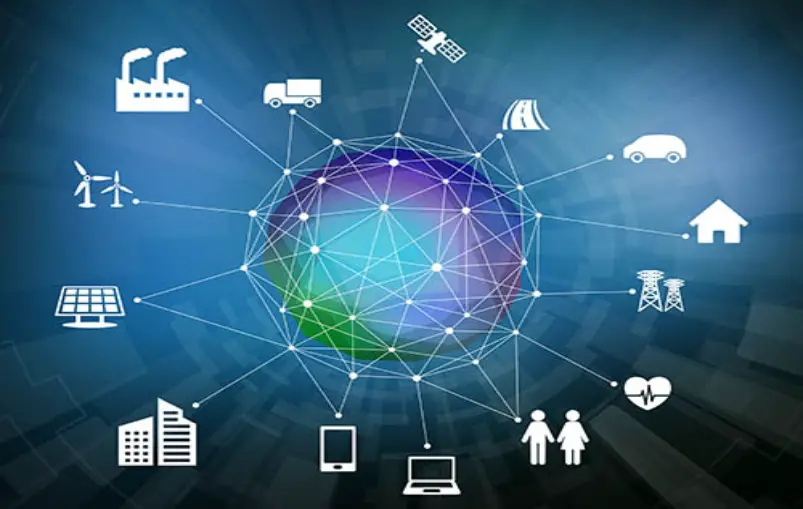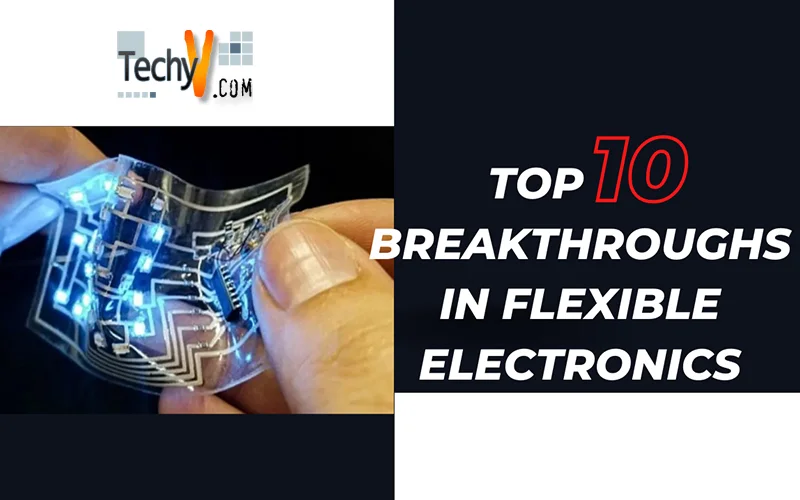The rapidly expanding field of flexible electronics has the potential to assist several industries, including healthcare, consumer electronics, and wearable technology. This article highlights the top 10 inventions in flexible electronics that have greatly improved the industry, emphasizing the advancements and uses of this intriguing technology.
1. Flexible Displays
One of the most significant developments in flexible electronics has been the development of flexible displays. Displays built of flexible materials, such as organic light-emitting diodes (OLEDs) or electronic ink, have enabled the creation of folding telephones, rollable televisions, and wearable screens. Flexible displays provide more mobility, durability, and novel design possibilities.

2. Wearable Sensors
Wearable sensors are now able to track physical activity, monitor vital signs, and identify a variety of medical disorders thanks to developments in flexible electronics. These sensors, which are included in wearables like fitness bands and smartwatches, give real-time data for individualised healthcare and enhanced well-being.
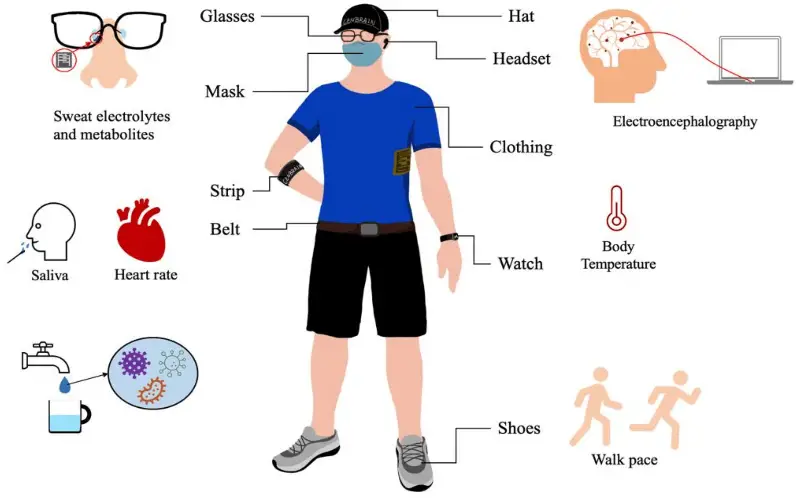
3. Stretchable Electronics
Electronics that can stretch and adapt to the human body are now possible thanks to a breakthrough in flexible electronics known as stretchable electronics. Materials that can tolerate stretching and bending were used to create these circuits without sacrificing their performance. Applications range from flexible circuits for wearable technology to electronic skin for prostheses.
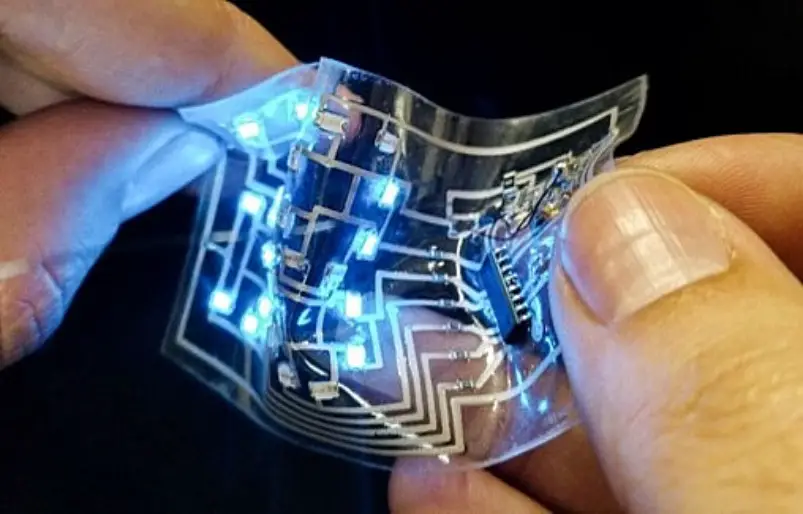
4. Energy Harvesting Fabrics
Energy-harvesting textiles have been created as a consequence of the incorporation of flexible electronics into fabrics. These materials have the potential to be used in smart clothing, outdoor equipment, and portable electronics since they can produce power from sources like body motions or sunshine. Using energy-harvesting materials to power portable electronics is practical and sustainable.
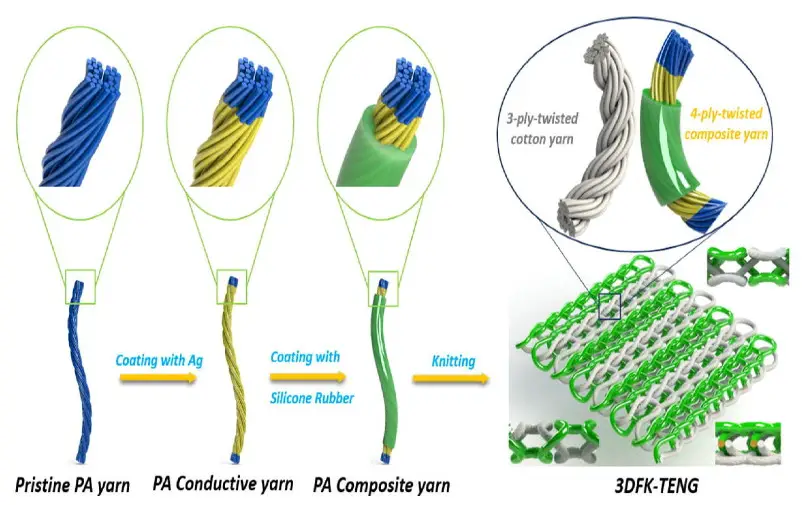
5. Biodegradable Electronics
The creation of biodegradable materials for electrical components is another innovation in flexible electronics. Flexible gadgets may use these environmentally beneficial materials, and after usage, they leave less of an environmental footprint. Electronic waste is a rising issue, and biodegradable electronics provide a solution and pave the way for ecologically friendly electronics.
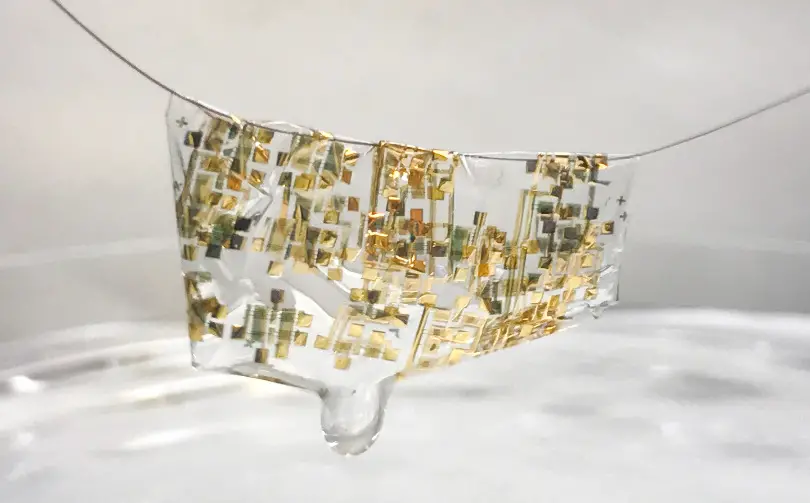
6. Flexible Batteries
The invention of flexible batteries that can be bent and twisted without losing their functioning is another result of advancements in flexible electronics. These batteries, which frequently use solid-state and thin-film technologies, might be used in implanted medical devices, wearable technology, and smart fabrics. The overall adaptability and endurance of electronic systems are improved by flexible batteries.
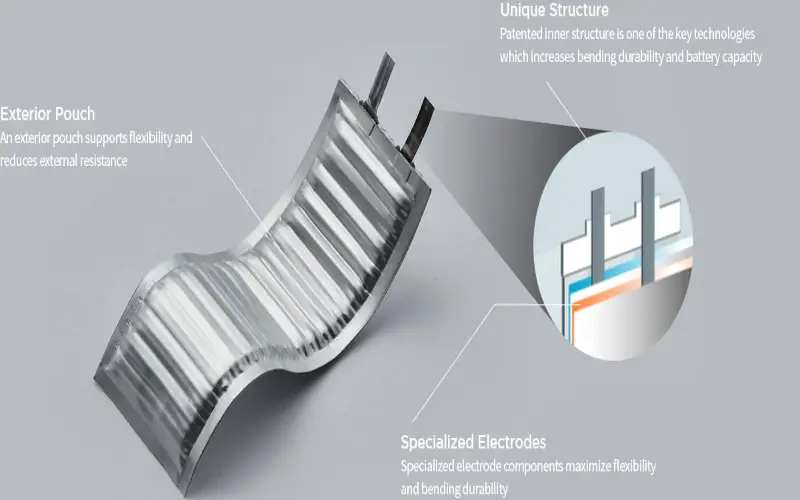
7. Flexible Circuits
Electronics has undergone a revolution thanks to flexible circuits, commonly referred to as flex circuits, which offer a flexible alternative to conventional rigid circuit boards. These circuits may be seamlessly integrated into curved surfaces or flexible devices since they are made of conductive traces on flexible substrates. The creation of small, adaptable electronic systems depends on flexible circuits.
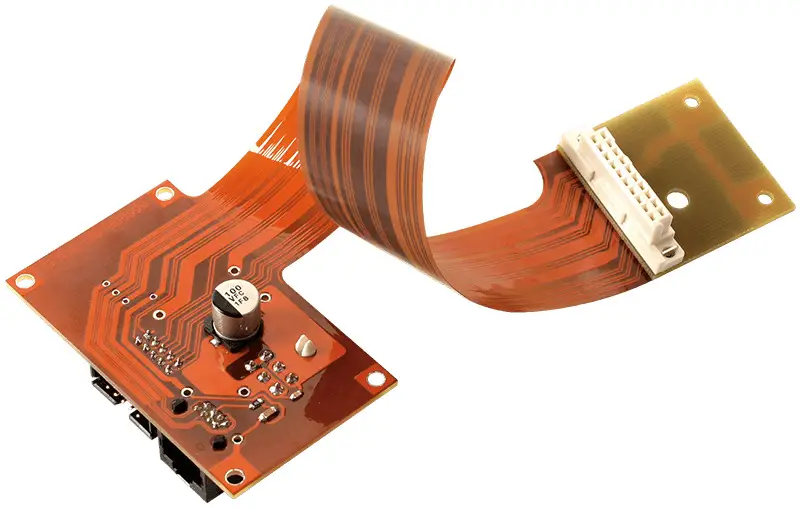
8. Printable Electronics
Electronic components are deposited onto flexible surfaces using inkjet or screen printing processes in printable electronics. This innovation has made it possible to produce flexible electronic devices, such as sensors, RFID tags, and electronic labels, at a low cost and on a large scale. Flexible electrical items may be customised and produced in large quantities using printable electronics.
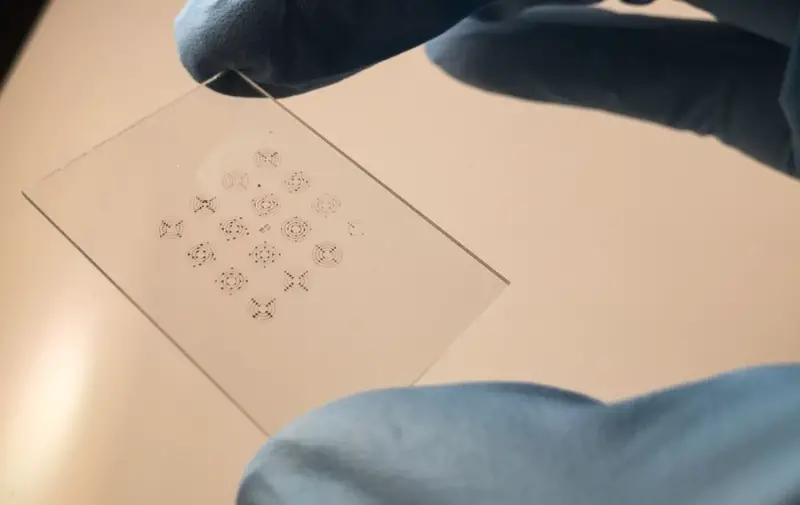
9. Self-Healing Materials
Flexible electronics have advanced significantly as a result of the creation of self-healing materials that allow for the self-repair of damaged devices. These materials’ ability to self-recover their structural stability and electrical conductivity increases the flexibility of electronics’ reliability and longevity. Self-healing materials enable flexible electronics that are more robust and long-lasting.

10. Internet of Things (IoT) Integration
The Internet of Things (IoT) and flexible electronics have combined to provide novel connections and applications. The adaptable IoT devices’ seamless data gathering and transfer capabilities enable a wide range of applications in smart homes, healthcare, agriculture, and industrial automation. Flexibility and Internet of Things (IoT) characteristics together provide new opportunities for intelligent and networked devices.
